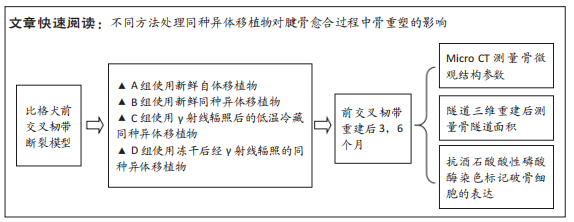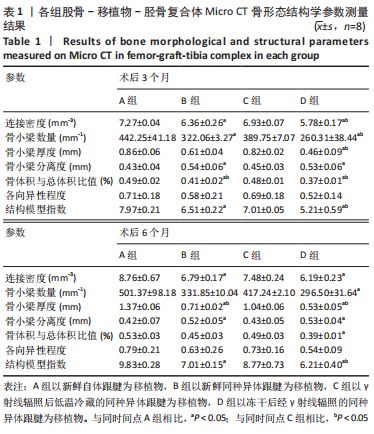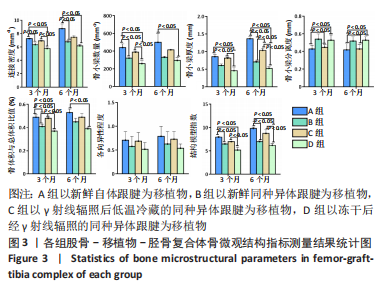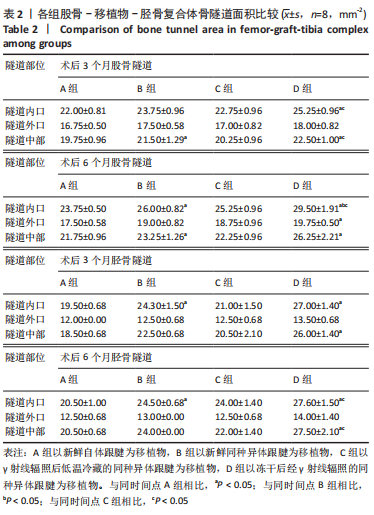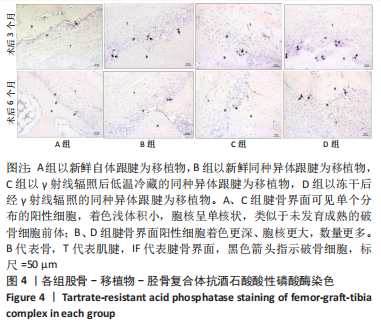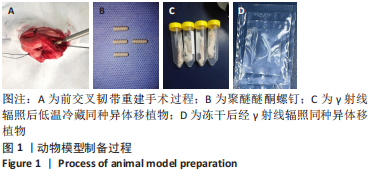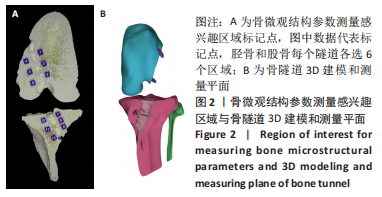[1] KOC BB, RONDEN AE, VLUGGEN T, et al. Predictors of patient satisfaction after primary hamstring anterior cruciate ligament reconstruction. Knee. 2022;34:246-251.
[2] UEDA Y, MATSUSHITA T, SHIBATA Y, et al. Satisfaction with playing pre-injury sports 1 year after anterior cruciate ligament reconstruction using a hamstring autograft. Knee. 2021;33:282-289.
[3] WICKIEWICZ TL, EDWARDS JC. Sports-related injuries to the shoulder and knee. Surg Annu. 1993;25 Pt 2:193-206.
[4] LIN KM, BOYLE C, MAROM N, et al. Graft Selection in Anterior Cruciate Ligament Reconstruction. Sports Med Arthrosc Rev. 2020;28(2):41-48.
[5] ZHAO BA, YAO YY, JI QX, et al. No difference in postoperative efficacy and safety between autograft and allograft in anterior cruciate ligament reconstruction: a retrospective cohort study in 112 patients. Ann Transl Med. 2022;10(6):359.
[6] SYLVIA SM, TOPPO AJ, PERRONE GS, et al. Revision Soft-Tissue Allograft Anterior Cruciate Ligament Reconstruction Is Associated With Lower Patient-Reported Outcomes Compared With Primary Anterior Cruciate Ligament Reconstruction in Patients Aged 40 and Older. Arthroscopy. 2023;39(1):82-87.
[7] LIU Y, LIU X, LIU Y, et al. Comparison of clinical outcomes of using the nonirradiated and irradiated allograft for anterior cruciate ligament (ACL) reconstruction: A systematic review update and meta-analysis. Medicine (Baltimore). 2022;101(32):e29990.
[8] LANSDOWN DA, RIFF AJ, MEADOWS M, et al. What Factors Influence the Biomechanical Properties of Allograft Tissue for ACL Reconstruction? A Systematic Review. Clin Orthop Relat Res. 2017;475(10):2412-2426.
[9] HAMER AJ, STOCKLEY I, ELSON RA. Changes in allograft bone irradiated at different temperatures. J Bone Joint Surg Br. 1999;81(2):342-344.
[10] TAKETOMI S, INUI H, YAMAGAMI R, et al. Lateral posterior tibial slope does not affect femoral but does affect tibial tunnel widening following anatomic anterior cruciate ligament reconstruction using a Bone-Patellar Tendon-Bone graft. Asia Pac J Sports Med Arthrosc Rehabil Technol. 2022;30:25-31.
[11] LEE DK, KIM JH, LEE SS, et al. Femoral Tunnel Widening After Double-Bundle Anterior Cruciate Ligament Reconstruction With Hamstring Autograft Produces a Small Shift of the Tunnel Position in the Anterior and Distal Direction: Computed Tomography-Based Retrospective Cohort Analysis. Arthroscopy. 2021;37(8):2554-2563.e1.
[12] KIMURA M, NAKASE J, ASAI K, et al. Tibial graft fixation methods and bone tunnel enlargement: A comparison between the TensionLoc implant system and the double-spike plate. Asia Pac J Sports Med Arthrosc Rehabil Technol. 2022;28:31-37.
[13] YUE L, DEFRODA SF, SULLIVAN K, et al. Mechanisms of Bone Tunnel Enlargement Following Anterior Cruciate Ligament Reconstruction. JBJS Rev. 2020;8(4):e0120.
[14] SU M, JIA X, ZHANG Z, et al. Medium-Term (Least 5 Years) Comparative Outcomes in Anterior Cruciate Ligament Reconstruction Using 4SHG, Allograft, and LARS Ligament. Clin J Sport Med. 2021;31(2):e101-e110.
[15] OHORI T, MAE T, SHINO K, et al. Tibial tunnel enlargement after anatomic anterior cruciate ligament reconstruction with a bone-patellar tendon-bone graft. Part 1: Morphological change in the tibial tunnel. J Orthop Sci. 2019;24(5):861-866.
[16] LIU S, LIN J, LUO Z, et al. Changes in Macrophage Polarization During Tendon-to-Bone Healing After ACL Reconstruction With Insertion-Preserved Hamstring Tendon: Results in a Rabbit Model. Orthop J Sports Med. 2022;10(5):23259671221090894.
[17] XU Y, ZHANG WX, WANG LN, et al. Stem cell therapies in tendon-bone healing. World J Stem Cells. 2021;13(7):753-775.
[18] LEE WY, KIM YM, HWANG DS, et al. Does Demineralized Bone Matrix Enhance Tendon-to-Bone Healing after Rotator Cuff Repair in a Rabbit Model. Clin Orthop Surg. 2021;13(2):216-222.
[19] TISHERMAN R, WILSON K, HORVATH A, et al. Allograft for knee ligament surgery: an American perspective. Knee Surg Sports Traumatol Arthrosc. 2019;27(6):1882-1890.
[20] SCHÄR MICHAEL O, RICHARD M, MARCO D, et al. Use of small animal PET-CT imaging for in vivo assessment of tendon-to-bone healing: A pilot study. J Orthop Surg (Hong Kong). 2022;30(1):23094990221076654.
[21] SHI Q, ZHANG T, CHEN Y, et al. Local Administration of Metformin Improves Bone Microarchitecture and Biomechanical Properties During Ruptured Canine Achilles Tendon-Calcaneus Interface Healing. Am J Sports Med. 2022;50(8):2145-2154.
[22] TIE K, CAI J, QIN J, et al. Nanog/NFATc1/Osterix signaling pathway-mediated promotion of bone formation at the tendon-bone interface after ACL reconstruction with De-BMSCs transplantation. Stem Cell Res Ther. 2021;12(1):576.
[23] HJORTHAUG GA, SØREIDE E, NORDSLETTEN L, et al. Negative effect of zoledronic acid on tendon-to-bone healing. Acta Orthop. 2018;89(3):360-366.
[24] FENG W, JIN Q, MING-YU Y, et al. MiR-6924-5p-rich exosomes derived from genetically modified Scleraxis-overexpressing PDGFRα(+) BMMSCs as novel nanotherapeutics for treating osteolysis during tendon-bone healing and improving healing strength. Biomaterials. 2021;279:121242.
[25] 赵彦涛,刘思扬,尹惠琼,等.γ射线终末辐照对同种异体肌腱病毒灭活效果及生物力学性能影响的研究[J].中国骨与关节杂志,2018,7(5):389-393.
[26] BAIT C, RANDELLI P, COMPAGNONI R, et al. Italian consensus statement for the use of allografts in ACL reconstructive surgery. Knee Surg Sports Traumatol Arthrosc. 2019;27(6):1873-1881.
[27] YU A, PRENTICE HA, BURFEIND WE, et al. Risk of Infection After Allograft Anterior Cruciate Ligament Reconstruction: Are Nonprocessed Allografts More Likely to Get Infected? A Cohort Study of Over 10,000 Allografts. Am J Sports Med. 2018;46(4):846-851.
[28] YU D, PANESAR PS, DELMAN C, et al. Comparing Fusion Rates Between Fresh-Frozen and Freeze-Dried Allografts in Anterior Cervical Discectomy and Fusion. World Neurosurg X. 2022;16:100126.
[29] SOLOMON R, HOMMEN JP, TRAVASCIO F. Effects of Platelet-Rich Osteoconductive-Osteoinductive Allograft Compound on Tunnel Widening of ACL Reconstruction: A Randomized Blind Analysis Study. Pathophysiology. 2022;29(3):394-404.
[30] THAKRAR RR, YASEN SK, KUNDRA R. Allograft use in anterior cruciate ligament reconstruction surgery: a review of the current literature. Orthop Trauma. 2019;33(2): 76-80.
[31] LEE YS, LEE BK, OH WS, et al. Comparison of femoral tunnel widening between outside-in and trans-tibial double-bundle ACL reconstruction. Knee Surg Sports Traumatol Arthrosc. 2014;22(9):2033-2039.
[32] TACHIBANA Y, MAE T, SHINO K, et al. Morphological changes in femoral tunnels after anatomic anterior cruciate ligament reconstruction. Knee Surg Sports Traumatol Arthrosc. 2015;23(12):3591-600.
[33] STROBEL MJ, SCHULZ MS. Anterior cruciate ligament reconstruction with the semitendinosus-gracilis tendon transplant. Orthopade. 2002;31(8):758-769.
[34] 陈永良,徐丛,吕永明.关节镜下前交叉韧带重建术后骨隧道扩大与临床疗效的关系[J].实用医学杂志,2015,31(4):634-637.
[35] MARIGI EM, HOLMES DR, MURTHY N, et al. The Proximal Tibia Loses Bone Mineral Density After Anterior Cruciate Ligament Injury: Measurement Technique and Validation of a Quantitative Computed Tomography Method. Arthrosc Sports Med Rehabil. 2021;3(6):e1921-e1930.
[36] AMANO H, TANAKA Y, KITA K, et al. Significant anterior enlargement of femoral tunnel aperture after hamstring ACL reconstruction, compared to bone-patellar tendon-bone graft. Knee Surg Sports Traumatol Arthrosc. 2019;27(2):461-470.
[37] WEILER A, HOFFMANN RF, BAIL HJ, et al. Tendon healing in a bone tunnel. Part II: Histologic analysis after biodegradable interference fit fixation in a model of anterior cruciate ligament reconstruction in sheep. Arthroscopy. 2002;18(2):124-135.
[38] RODEO SA, KAWAMURA S, MA CB, et al. The effect of osteoclastic activity on tendon-to-bone healing: an experimental study in rabbits. J Bone Joint Surg Am. 2007;89(10):2250-2259.
[39] ZHANG J, FU B, CHEN X, et al. Protocatechuic acid attenuates anterior cruciate ligament transection-induced osteoarthritis by suppressing osteoclastogenesis. Exp Ther Med. 2020;19(1):232-240.
|
